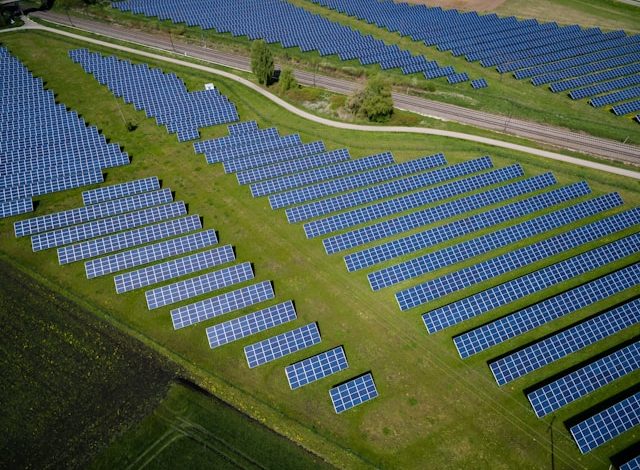
THE ROLE OF RENEWABLE ENERGY IN THE FUTURE OF ENGINEERING
Renewable energy is revolutionizing the global engineering landscape. Energy sources such as solar and wind are becoming increasingly crucial in combating climate change and promoting a sustainable future. This article explores emerging trends in renewable energy and their impact on engineering practices, highlighting innovations that are redefining the sector.
Trends in renewable energy
- Solar energy: solar energy has seen exponential growth in recent decades. Innovations in solar panels, such as the use of advanced materials and more efficient production techniques, have reduced costs and increased efficiency. The integration of solar panels into building structures, like solar roofs and photovoltaic facades, is becoming commonplace. Additionally, ongoing research into new technologies such as solar thermal and perovskite solar cells promises to further improve the performance and accessibility of solar energy.
- Wind energy: wind energy represents another rapidly expanding source of renewable energy. Wind turbines are becoming increasingly efficient and powerful due to advances in materials and aerodynamic design. The construction of offshore wind farms, where winds are stronger and more consistent, is on the rise, contributing to greater energy production without occupying valuable land. Innovations such as floating wind turbines allow for the exploitation of deep-sea areas, further expanding the potential of wind energy.
Sustainable design and construction
Trends in renewable energy are driving engineers to rethink design and construction methodologies. Sustainability is now a key element, with the adoption of ecological design principles that minimize environmental impact. The use of recyclable and low-carbon materials, combined with the integration of renewable energy systems into buildings, has become essential for creating sustainable structures.
Smart grids and energy infrastructure
Smart grids are transforming the way renewable energy is distributed and managed. These grids use digital technologies to monitor and optimize energy distribution, ensuring greater efficiency and reliability. Engineers are engaged in developing advanced energy infrastructure capable of handling the variability of renewable sources and effectively integrating solar and wind energy into the power grid.
Technological innovations
Technological innovations play a crucial role in making renewable energy more efficient and accessible. Artificial intelligence and machine learning are on the rise to predict energy production and optimize plant operations. Advanced batteries and other energy storage technologies are improving the capacity to store energy generated from renewable sources, making it available even when the sun is not shining, or the wind is not blowing.
The future of engineering is inextricably linked to renewable energy. Trends in solar and wind energy, coupled with technological innovations, are transforming engineering practices and promoting a more sustainable and efficient approach to energy production and management. Engineers of today and tomorrow must embrace these technologies and work to integrate them into existing and future infrastructure, ensuring a greener and more sustainable future.
